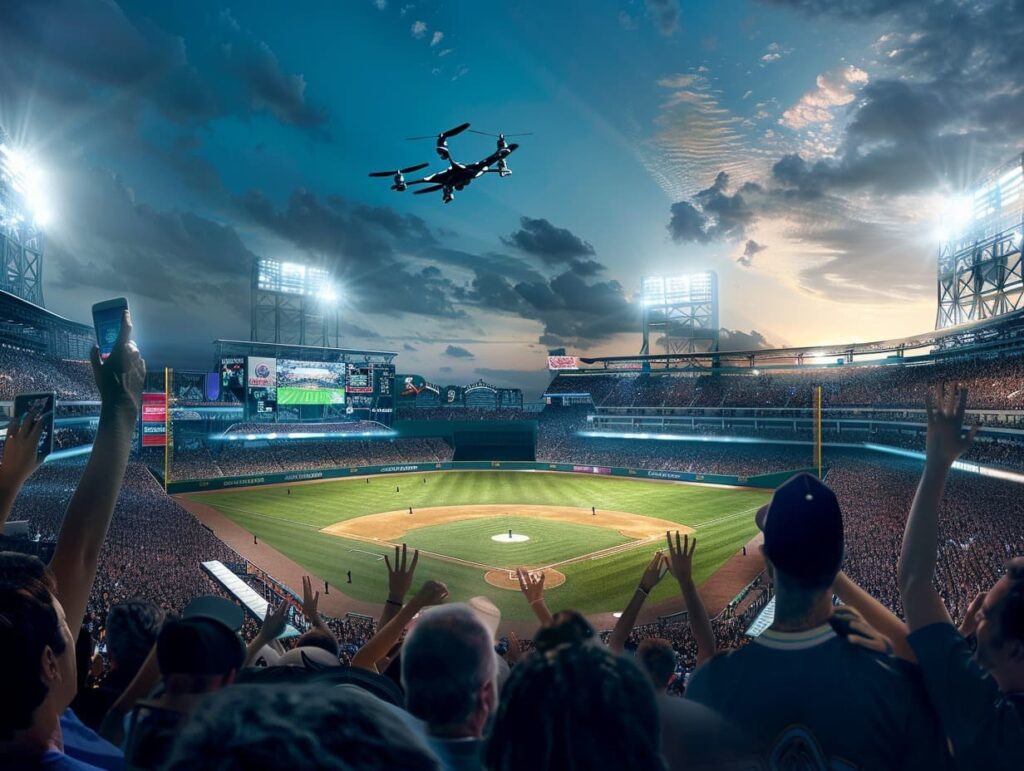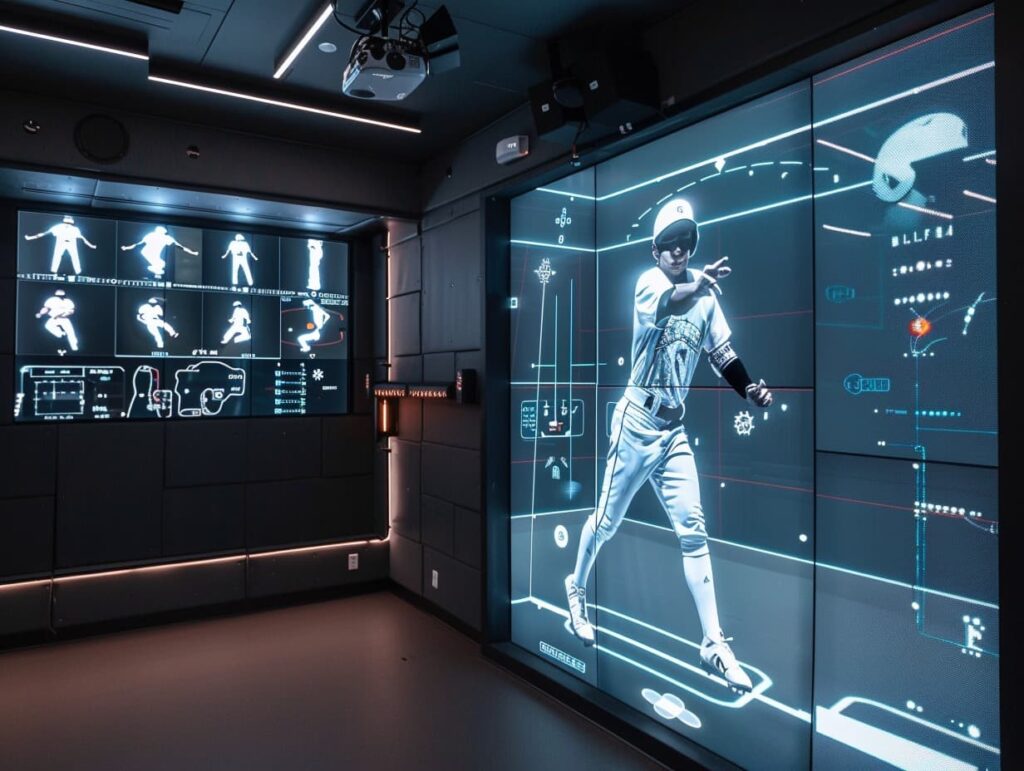Major League Baseball (MLB) boasts a rich history, but the game is constantly evolving to keep pace with the changing world. A recent study by Nielsen revealed that viewership among younger demographics (18-24 year olds) has declined steadily over the past decade. This trend underscores the need for MLB to adapt and innovate to remain relevant for a new generation of fans.
Recent Developments in Baseball
Baseball is an older game, and because of that, it has had to evolve over the years. Whether it’s the introduction of metal bats, or changes within decision making, there have been a number of changes which could see a shift in the sport in the future. Several key developments are shaping the future of baseball:
Rule Changes: Aiming to improve game pace and action, MLB has implemented a pitch clock and limited defensive shifts. These changes aim to create a more offense-oriented game with a faster pace, potentially attracting fans who find the traditional pace slow. The early effects have been promising, with a slight increase in batting averages and stolen bases through the first month of the season. However, pitchers are still adjusting to the pitch clock, and the long-term impact on pitching strategies remains to be seen.
Data-Driven Decisions: Teams are increasingly leveraging advanced analytics (launch angle, exit velocity) to inform player acquisition, strategy, and training. This data-driven approach is fundamentally altering how teams approach the game. For example, the Houston Astros, known for their innovative use of analytics, have consistently ranked among the league’s best teams over the past decade. However, this data divide could create a competitive imbalance. Teams with the resources to invest in data infrastructure and analytics experts may have a significant advantage over those relying on traditional scouting methods.
Technological Advancements: Technologies like launch angle data and Statcast tracking systems are providing deeper insights into the game than ever before. As explored in the research article “Digital Baseball: How Technologies Are Changing Sport?“, these advancements allow for a more nuanced understanding of player performance and in-game strategy. For instance, Statcast data can reveal a hitter’s tendency to pull the ball or hit ground balls, allowing pitchers to tailor their approach and potentially improve defensive positioning.

Impact Analysis
These developments hold significant promise for the future of baseball, but also present challenges:
Impact on Gameplay: The pitch clock and limitations on defensive shifts could lead to more balls in play, potentially increasing scoring and fan excitement. Early data suggests this might be the case, but some traditionalists worry these changes might make the game less strategic. Purists argue that the “small ball” tactics employed by teams utilizing defensive shifts added a strategic layer to the game.
The Data Divide: The growing emphasis on analytics could create a financial disparity between teams with the resources to invest in data infrastructure and those without. Smaller market teams may struggle to compete if they lack the resources to build a robust analytics department. To address this challenge, MLB could consider initiatives to share anonymized data league-wide or establish a central data repository that all teams can access.
Engaging New Fans: While advanced data might be of interest to hardcore fans, it’s crucial to translate these insights into a digestible format to capture the interest of new viewers. Baseball needs to find ways to make the application of analytics more accessible to casual fans.
Fan Engagement in the Age of Analytics

To thrive in this new data-driven landscape, MLB must prioritize fan engagement:
Interactive Experiences: Teams can leverage in-stadium technology to provide fans with real-time data visualizations and insights, enhancing their understanding of the game. For example, ballpark video boards could display launch angles and exit velocities after a big home run, or show Statcast data visualizations during pitching matchups. Imagine a batter hitting a towering home run, and the video board instantly displaying the launch angle and exit velocity, alongside a comparison to similar home runs that season.
Storytelling Through Data: Statistics come alive when woven into compelling narratives about player performance and team strategy. Broadcasters can integrate data analysis into their commentary, highlighting how launch angles and exit velocities translate into on-field results. Feature stories about players who have benefited from analytical insights can also capture fan interest. Imagine a broadcaster explaining how a hitter’s improvement in launch angle has led to a surge in home runs.
Accessibility is Key: Making advanced analytics accessible through clear explanations and visualizations can bridge the gap between hardcore fans and newcomers. Educational content explaining key metrics like WAR (Wins Above Replacement) or wOBA (Weighted On-Base Average) can be offered on team websites or through social media channels. By simplifying complex data and presenting it in an engaging way, MLB can foster a deeper appreciation for the analytical side of the game.
By embracing innovation and prioritizing fan engagement, Major League Baseball can ensure a bright future for America’s pastime.